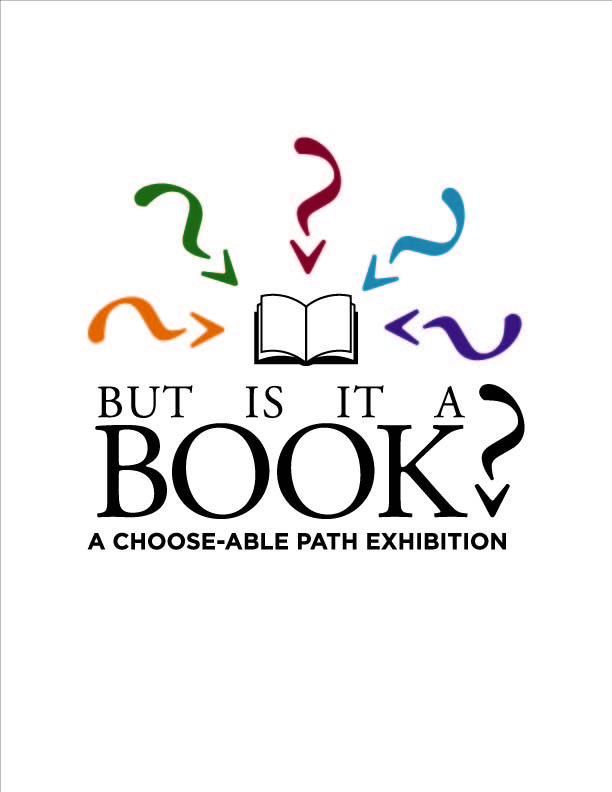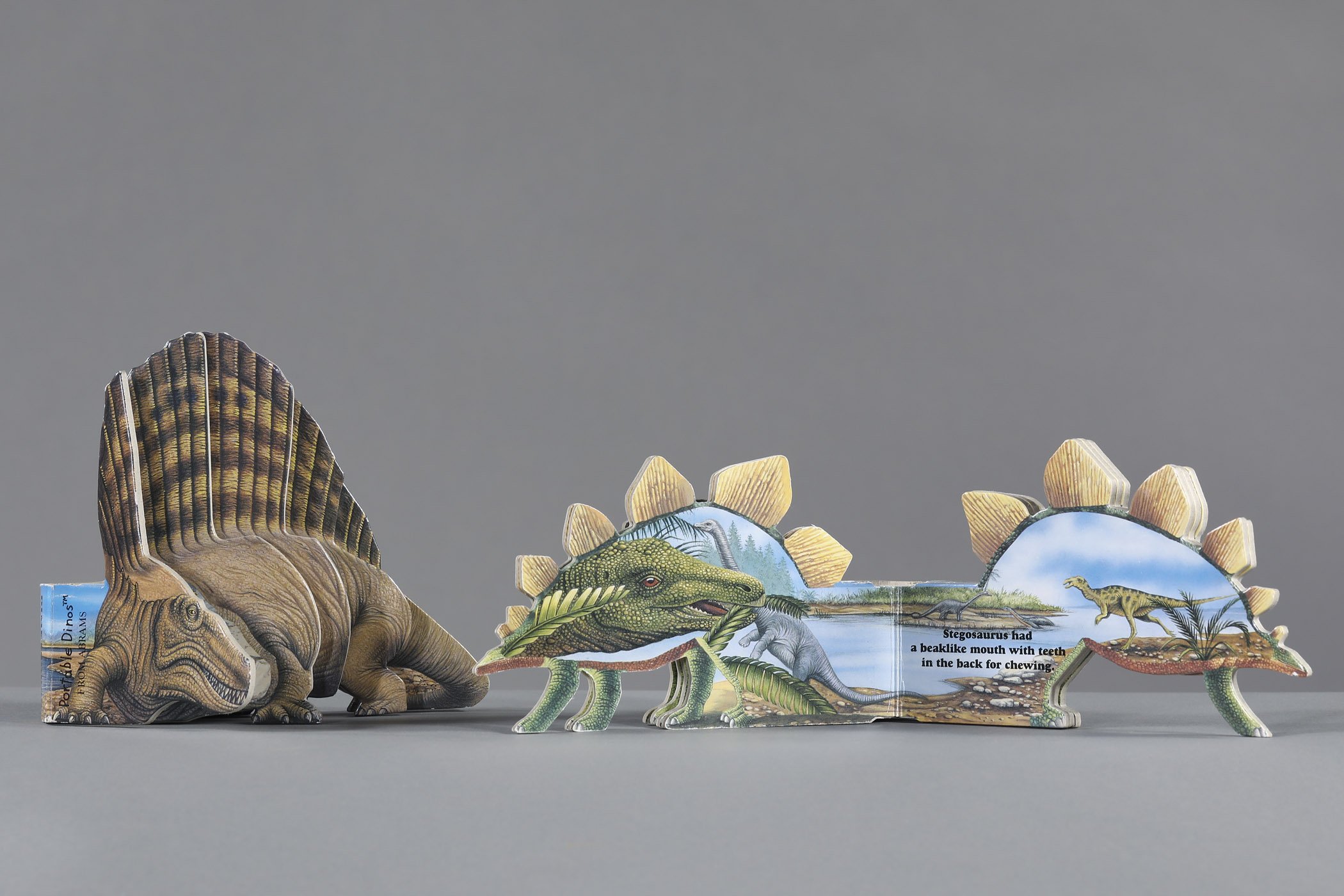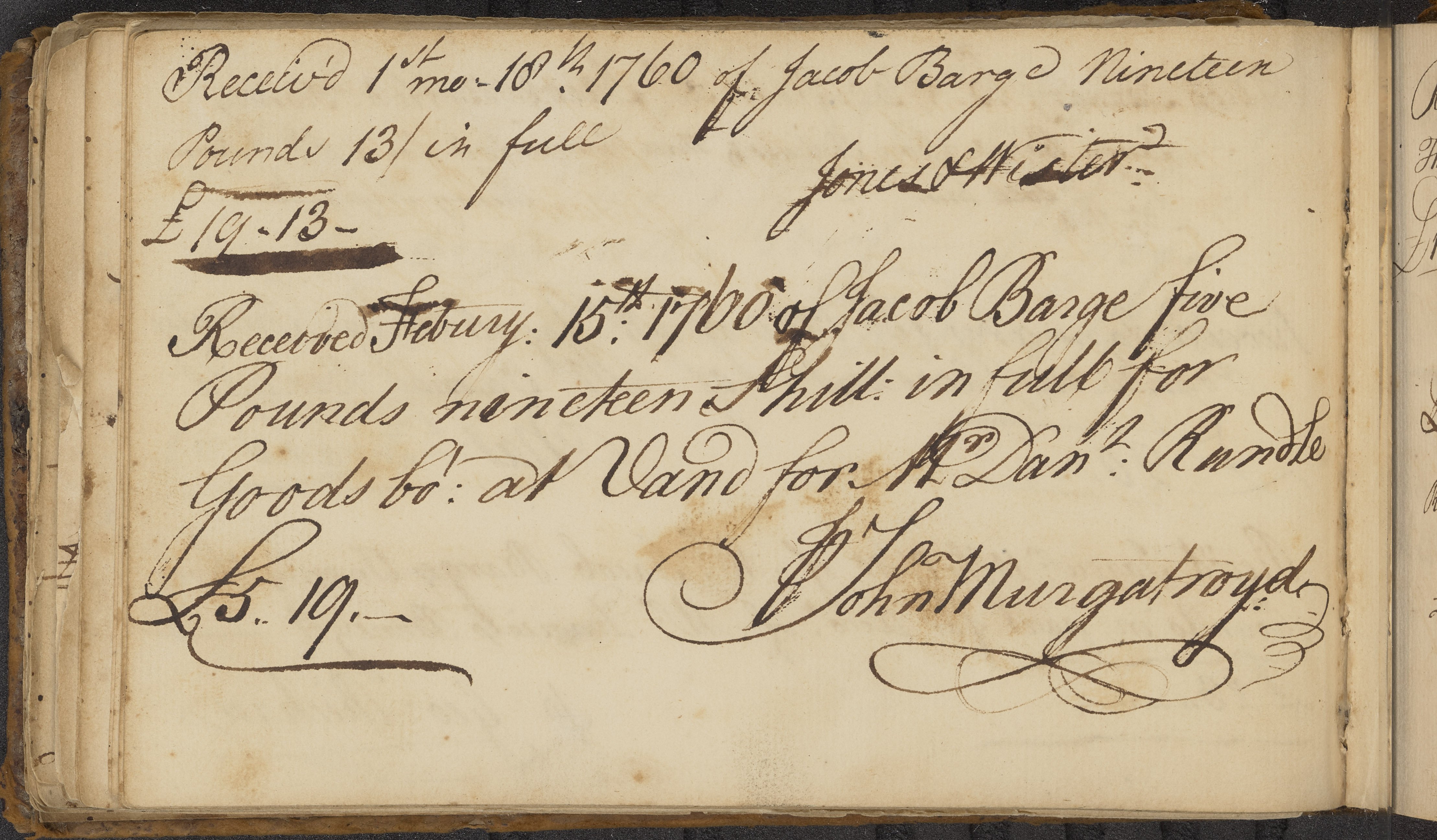Does a Book Have a Specific Shape?
The codex book has a distinctive shape: rectangular or oblong, with leaves of text joined at the spine and attached to a binding of paper or boards. Although material evidence is lacking for exactly how and when the codex was invented, the shape of a book as we know it today is likely the result of the individual sheets of a papyrus bookroll being detached and circulated separately or sewn together in a leaved book. The codex came into common use in West in the fourth century BCE, offering the advantage of quick and random access to a place in the text, rather than being limited to sequential access made necessary by the length and shape of a continuous roll. Codex books could be made of parchment, paper, or papyrus leaves and they allowed for more efficient use of materials, as unlike the roll, writing can appear on both sides of a leaf.
In addition to the papyrus and parchment roll and codex, books have been shaped into tablets—including clay, wax, and electronic—as well as horn, as in hornbooks, which get their name from the thin protective layer of animal horn placed over the printed page.
Annpaola del Nevo
Dimetrodon and Stegosaurus
New York: Harry N. Abrams, 2000
QE862.P3 N48 2000 HCB and QE862.O65 S74 2000 HCB
From the Edward Valauskas Collection of Dinosauriana
Dimetrodon and Stegosaurus bear the shapes of the dinosaurs they describe. The individual pieces of anatomy—the sail of the Dimetrodon, for instance—function as pages that hold the text. In this case, the book becomes the dinosaur, and the dinosaur becomes the book.



